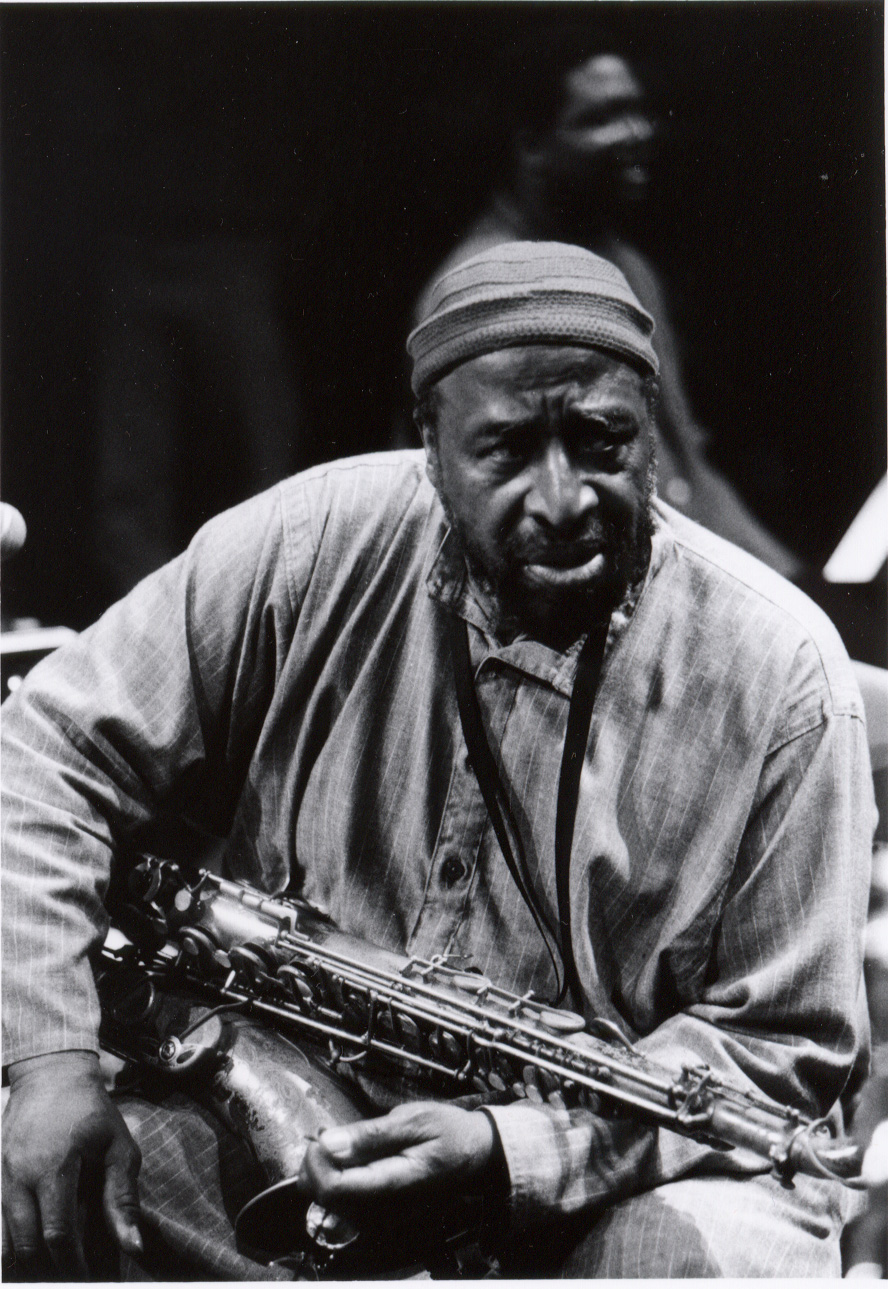Lesson 42: Synthetic Scale

Sometimes working with a synthetic scale can be rewarding and help free you from your normal melodic ideas. I still have a 12 sided die from the Dungeon and Dragon days of the early 80’s and by assigning 12 notes

Free Jazz Education and Music

Sometimes working with a synthetic scale can be rewarding and help free you from your normal melodic ideas. I still have a 12 sided die from the Dungeon and Dragon days of the early 80’s and by assigning 12 notes

Oftentimes, as a single note improviser, it is difficult to recognize harmonic tensions by ear. For example, when playing just an A natural, it sometimes challenging to hear that note as a 13th on a major #5 chord or as

This is a very simple melody that clearly outlines the major 7 sound (with a passing natural 11). First learn to sing the melody in one key to get familiar with the sound and help internalize the phrase. Singing is

Here’s a very simple lesson taken from the 1st two bars of the second Bach Cello Suite prelude. The melody outlines the chord progression i minor to V7 b9. First, sing the melody until you hear it like a nursery

Over the years I consistently hear from my students, “I know all my triads” and, “I know all my major scales”. After closer examination, it turns out that, for many developing sax players and musicians, this often means root position

The second volume of Modern Jazz Vocabulary is finally done. I made some changes in the books format based on a lot of the feedback I got from people about vol. 1. This book is bigger in size but should

This is an exercise I came up with since I have carpal tunnel syndrome and can’t play as much as I’d like to. I either sing along with this mp3 or I do long tones on the root while listening

This exercise is a (second) example of using a harmonic minor scale to create a melody over a minor ii-V-i progression. To do this we use the harmonic minor scale of the i chord. For example in a D-7b5 (ii),

This exercise is an example of using a harmonic minor scale to create a melody over a minor ii-V-i progression. To do this we use the harmonic minor scale of the i chord. For example in a D-7b5 (ii), G7b9,b13

Here’s a simple ‘cliche’ bebop melody that uses an altered scale (the 7th mode of melodic minor) over and altered dominant (#11, #9, b9, #5). In the video, the line is played around the circle of 4ths starting on concert

Using odd rhythmic groupings when improvising can be challenging. How many times have you tried to play a seemingly innocent group of 3, 5 or 7 while improvising over a song in 4/4 only to find that you’ve gotten turned

Since I developed carpal tunnel syndrome in 1990, I began to sing as a way of practicing the saxophone without using my hands. After my operation, I could not use my hands to play the sax for 4 months so